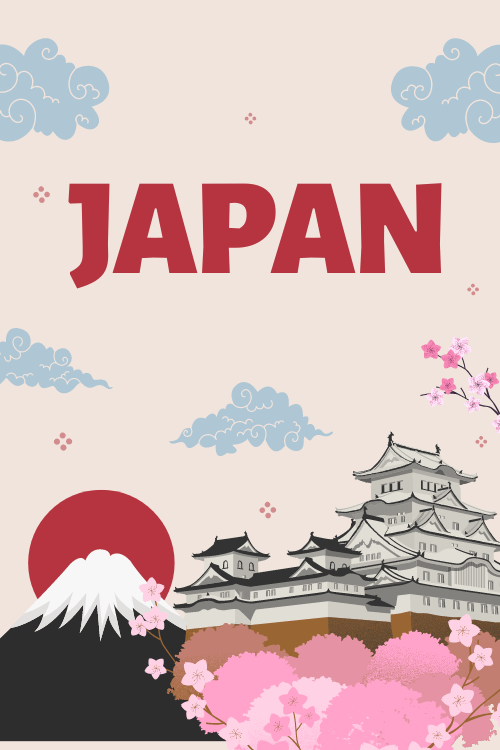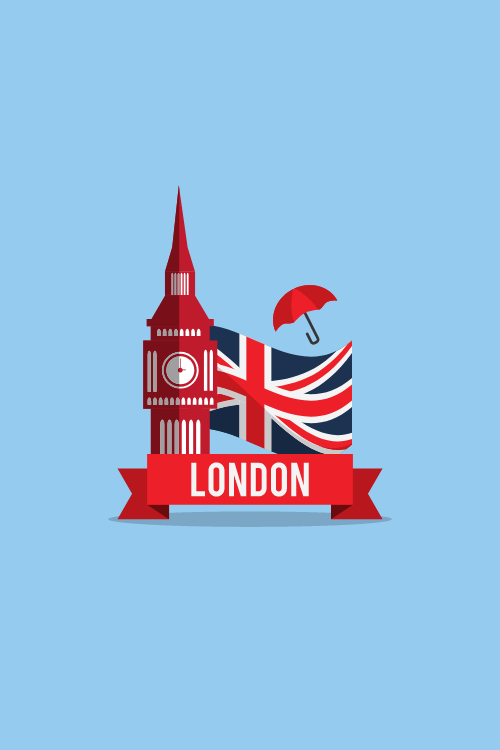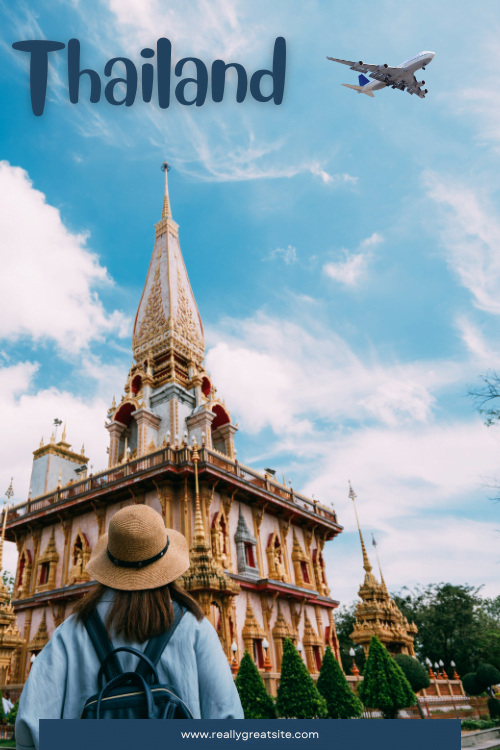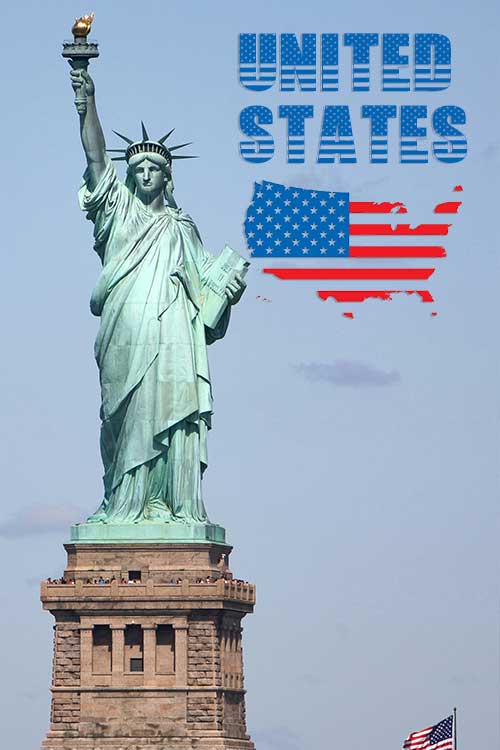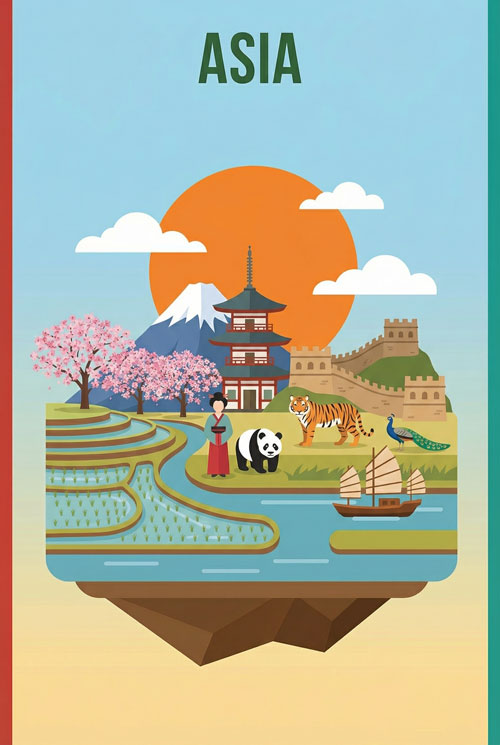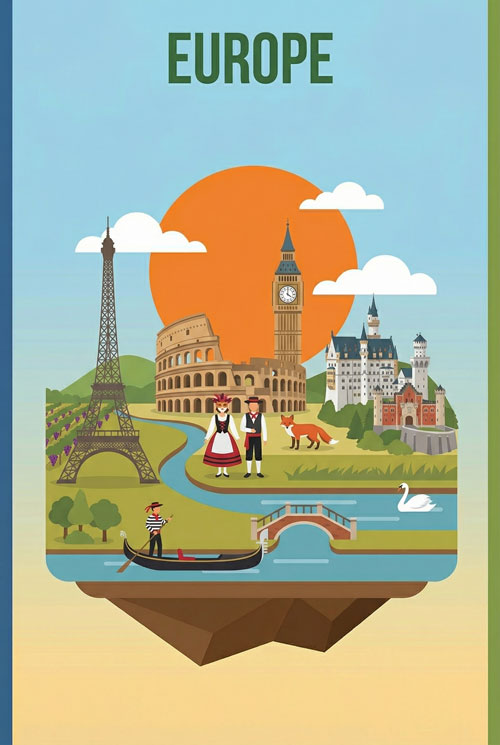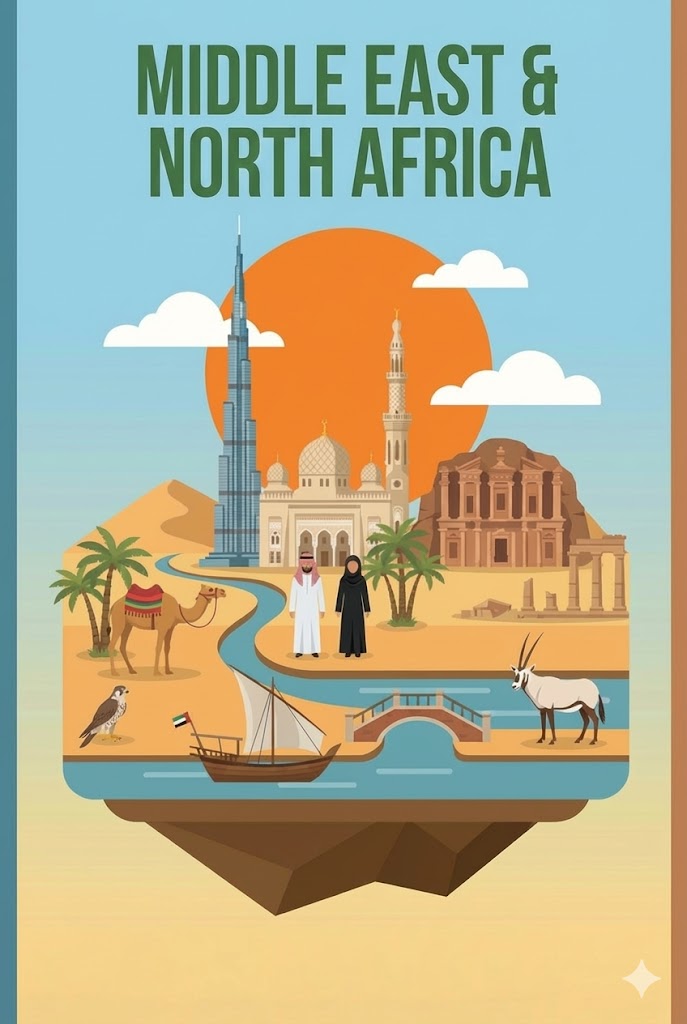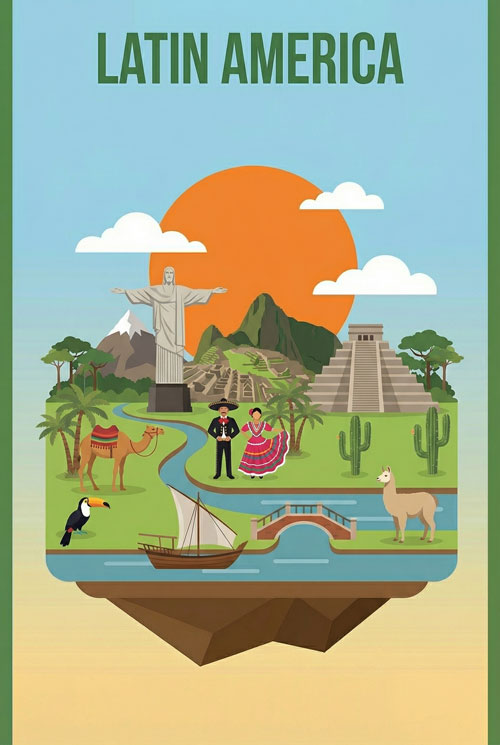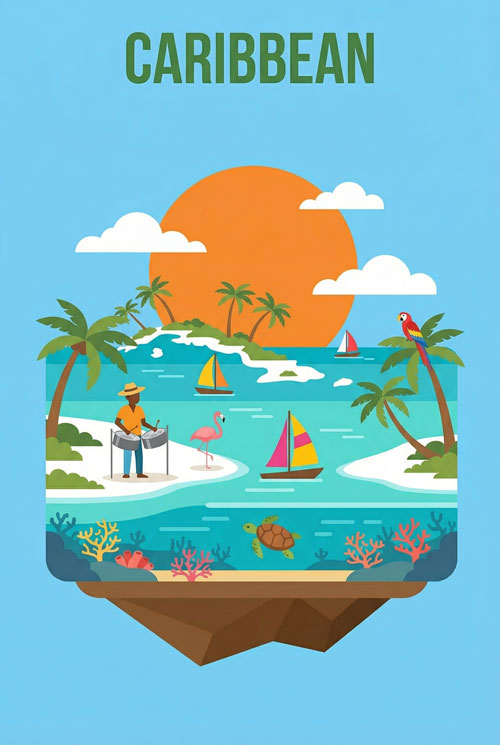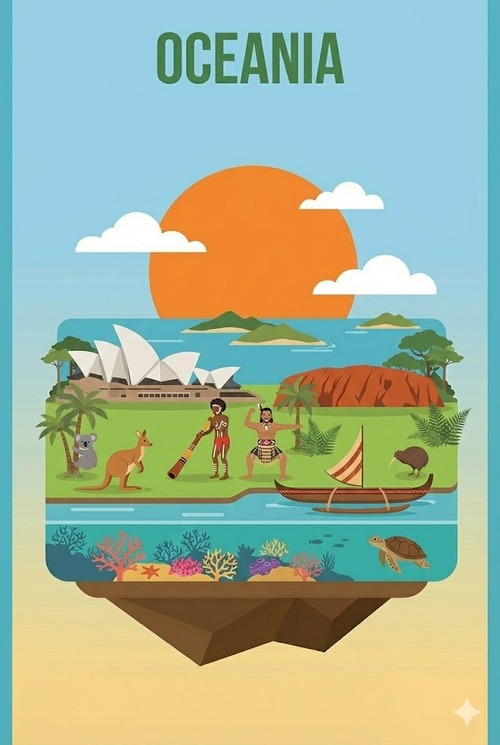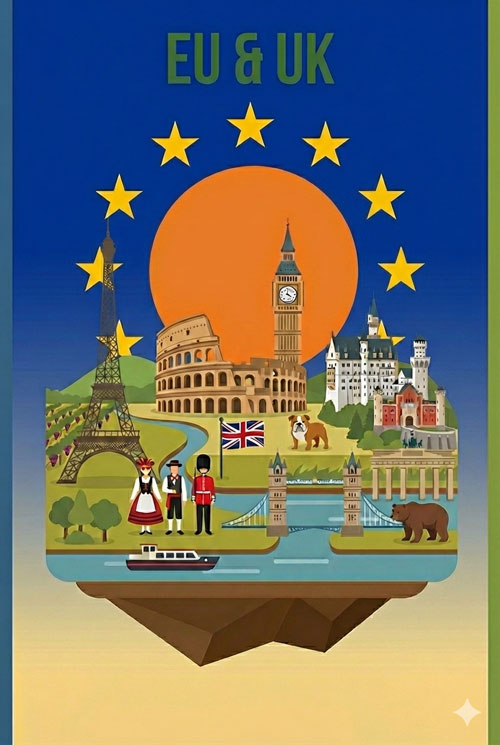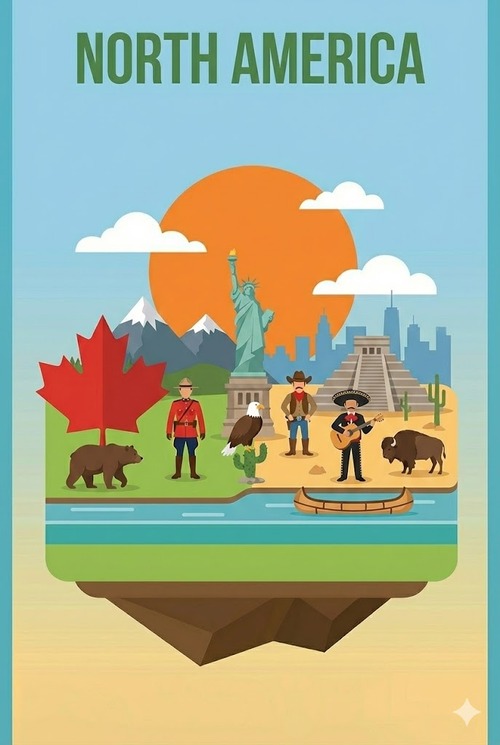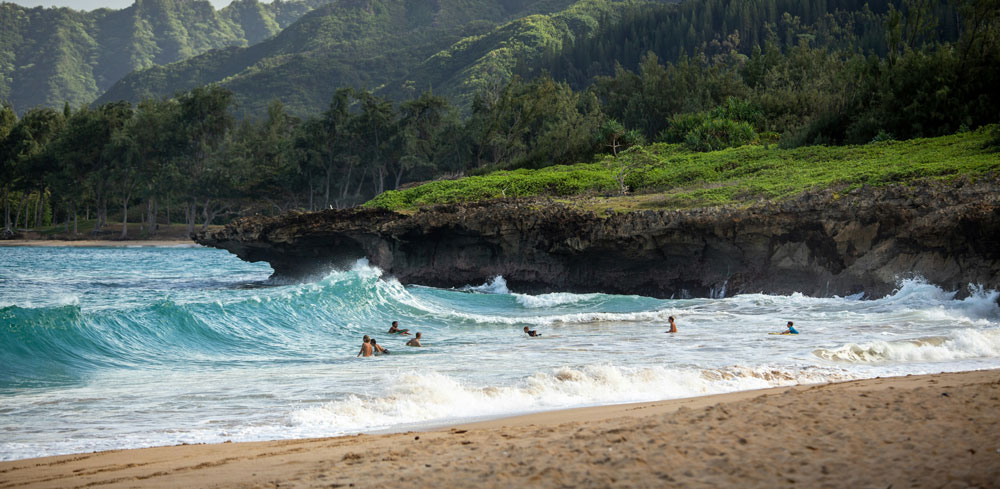Travel
Best Time To Visit Hawaii
Hawaii is a tropical paradise in the Pacific Ocean, is an archipelago of eight major islands known for its breathtaking natural beauty, rich cultural heritage, and year-round warm weather.
This guide will delve into the nuances of Hawaii’s climate, seasonal variations, and cultural events, providing insights to help you plan the perfect Hawaiian getaway tailored to your preferences.
From the best times for snorkeling and hiking to the most vibrant festivals and crowd patterns, we’ve got you covered.
General Overview
General climate description
Hawaii’s tropical climate is characterized by warm temperatures year-round, with relatively minor variations between seasons. The islands enjoy a pleasant and sunny weather pattern, with temperatures typically ranging from the mid-70s to the mid-80s Fahrenheit (24-29°C). Trade winds from the northeast provide a refreshing and cooling breeze.
Major climate zones within the country
Due to its diverse topography and varying elevations, Hawaii exhibits several microclimates across its islands. While the coastal areas tend to be drier and sunnier, the interior regions and higher elevations often receive more rainfall and cooler temperatures. The windward (eastern) sides of the islands generally experience more precipitation, while the leeward (western) sides are relatively drier.
Seasonal patterns
Hawaii’s seasons are less defined by temperature changes and more by variations in precipitation and surf conditions. The summer months (May to October) are typically drier and warmer, with less rainfall and calmer ocean conditions, making it an ideal time for beach activities and water sports. The winter months (November to April) tend to be wetter, with higher chances of rainfall and larger waves, attracting surfers from around the world.
Before You Leave…
Staying Connected
Staying connected while traveling in Hawaii is relatively easy, thanks to the availability of various options. Many hotels and resorts offer Wi-Fi access, although charges may apply. Purchasing a local SIM card or a travel eSIM can be a cost-effective solution for those who need reliable internet access throughout their stay.
You can see our eSIM data plans here.
Additionally, many public spaces, such as restaurants, cafes, and shopping malls, provide free Wi-Fi access, making it convenient to stay connected even when you’re on the go.
Transportation
Transportation in Hawaii is generally not affected by seasonal changes, as the weather remains relatively stable throughout the year. However, during the peak tourist seasons (summer and holiday periods), rental cars and other transportation options may be in higher demand, leading to higher prices and limited availability.
Best times for different modes of transport
- Rental cars: Book early during peak seasons to ensure availability and better rates.
- Public transportation (buses, shuttles): Available year-round, but may be more crowded during peak seasons.
- Ride-sharing services (Uber, Lyft): Available year-round, but surge pricing may apply during peak periods.
Accommodation
High and low seasons for hotels
Hotel prices in Hawaii fluctuate based on demand, with the high season being the summer months (June to August) and the holiday period (mid-December to early January). The low season generally falls during the shoulder seasons (April to May and September to November) and the off-season (February to March).
When to book for the best availability and prices
For the best availability and prices, it’s recommended to book accommodations well in advance, ideally several months before your desired travel dates. During peak seasons, hotels may require longer minimum stays and higher deposits, so early booking is essential.
Health and Safety
Weather-related safety considerations
While Hawaii enjoys a tropical climate, there are a few weather-related safety considerations to keep in mind:
- During the winter months (November to April), larger waves and stronger currents can make ocean activities riskier, especially for inexperienced swimmers and surfers.
- Flash floods and landslides can occur during periods of heavy rainfall, particularly on the windward sides of the islands.
- Hurricane season in the Central Pacific runs from June to November, with the peak occurring from August to October. While direct hits on the Hawaiian Islands are rare, it’s essential to monitor weather conditions and follow any official advisories or warnings.
Best Time Of The Year To Visit Hawaii (by Season)
Spring (March to May)
Weather conditions
Spring in Hawaii is a delightful time, with comfortable temperatures ranging from the mid-70s to low 80s Fahrenheit (24-28°C). The weather is generally dry, with occasional light showers. Trade winds provide a refreshing breeze, and the ocean temperatures are ideal for swimming and water activities.
Pros and cons of visiting
Pros: Fewer crowds, lower prices for accommodations and airfare, pleasant weather, and the chance to witness the tail end of the humpback whale migration. Cons: Early spring may still experience slightly cooler temperatures and occasional rain showers.
Notable events and festivals
- Merrie Monarch Festival (April) – A prestigious hula competition and celebration of Hawaiian culture on the Big Island.
- Lei Day (May 1) – A statewide celebration of the beautiful Hawaiian tradition of lei-making and sharing.
Best activities and attractions
Spring is an excellent time for hiking, snorkeling, whale watching (early in the season), and exploring the lush, verdant landscapes of the islands. It’s also ideal for attending cultural festivals and experiencing the vibrant Hawaiian traditions.
Summer (June to August)
Weather conditions
Summer in Hawaii is typically the driest and warmest season, with temperatures ranging from the mid-80s to low 90s Fahrenheit (29-33°C). The trade winds continue to provide a refreshing breeze, and the ocean waters are at their warmest, making it an ideal time for water sports and beach activities.
Pros and cons of visiting
Pros: Warm and sunny weather, ideal beach conditions, calm ocean waters for snorkeling and swimming, and numerous festivals and events. Cons: Higher prices for accommodations and airfare due to peak tourist season, and more crowded beaches and attractions.
Notable events and festivals
- King Kamehameha Day (June 11) – A statewide celebration honoring the great King Kamehameha, featuring parades, hula performances, and cultural events.
- Prince Lot Hula Festival (July) – One of the largest non-competitive hula festivals in Hawaii, showcasing the beauty and traditions of hula.
Best activities and attractions
Summer is the perfect time for outdoor adventures like hiking, kayaking, stand-up paddleboarding, and exploring the stunning beaches and waterfalls. Cultural events and festivals offer opportunities to immerse yourself in Hawaiian traditions and experience the vibrant local life.
Autumn (September to November)
Weather conditions
Autumn in Hawaii is generally mild and pleasant, with temperatures ranging from the mid-80s to mid-70s Fahrenheit (29-24°C). The rainfall gradually increases as the season progresses, but the weather remains mostly dry and sunny, making it an ideal time for outdoor activities.
Pros and cons of visiting
Pros: Fewer crowds, lower prices for accommodations and airfare, pleasant weather, and the chance to witness the beginning of the humpback whale migration. Cons: Increased likelihood of rain showers, particularly in November.
Notable events and festivals
- Aloha Festivals (September) – A statewide celebration of Hawaiian culture, music, dance, and traditions.
- Kona Coffee Cultural Festival (November) – A celebration of the world-famous Kona coffee on the Big Island, featuring tastings, farm tours, and cultural events.
Best activities and attractions
Autumn is an excellent time for hiking, snorkeling, whale watching (late in the season), and enjoying the beautiful landscapes without the summer crowds. Cultural festivals and events offer unique opportunities to immerse yourself in Hawaiian traditions and experience the vibrant local life.
Winter (December to February)
Weather conditions
Winter in Hawaii is generally the coolest and wettest season, with temperatures ranging from the mid-70s to mid-60s Fahrenheit (24-18°C). While the rainfall is higher, particularly on the windward sides of the islands, the weather remains mild and comfortable overall. The ocean temperatures are cooler but still suitable for water activities.
Pros and cons of visiting
Pros: The chance to witness the peak of the humpback whale migration, fewer crowds (except during the holiday season), and lower prices for accommodations and airfare (except during the holiday season). Cons: Increased likelihood of rain showers, cooler ocean temperatures, and higher prices and crowds during the holiday season.
Notable events and festivals
- Honolulu City Lights (December) – A festive display of holiday lights and decorations in Honolulu.
- Whale Watching Season (December to April) – The peak of the humpback whale migration, offering excellent opportunities for whale watching tours and encounters.
Best activities and attractions
Winter is an ideal time for whale watching, exploring the lush landscapes, and enjoying cultural events and festivals. It’s also a great opportunity to experience the islands’ unique holiday celebrations and traditions.
Best Time To Visit Hawaii by Region
Oahu
Climate specifics
Oahu, home to the lively city of Honolulu and the famous Waikiki Beach, enjoys a mild and sunny climate year-round. The leeward (western) side of the island is generally drier, while the windward (eastern) side experiences more rainfall.
Best months to visit
April to May, September to October – Shoulder seasons with pleasant weather, fewer crowds, and lower prices.
Unique attractions and activities
- Waikiki Beach and Diamond Head Crater
- Pearl Harbor and the USS Arizona Memorial
- North Shore for surfing (winter months)
- Polynesian Cultural Center
Maui
Climate specifics
Maui is known for its diverse landscapes, ranging from the lush and verdant West Maui Mountains to the arid and sunny South Maui region. The island experiences warmer and drier weather on the leeward side, while the windward side is cooler and wetter.
Best months to visit
April to May, September to October – Shoulder seasons with pleasant weather, fewer crowds, and lower prices.
Unique attractions and activities
- Road to Hana and the stunning waterfalls
- Haleakala National Park and its iconic crater
- Snorkeling and diving in Molokini Crater
- Whale watching (winter months)
Kauai
Climate specifics
Kauai, the “Garden Isle,” is known for its lush rainforests and stunning natural beauty. The island has a tropical rainforest climate, with the windward side receiving significantly more rainfall compared to the drier leeward side.
Best months to visit
April to June, September to October – Shoulder seasons with pleasant weather, fewer crowds, and lower prices.
Unique attractions and activities
- Waimea Canyon and the Napali Coast
- Kayaking the Wailua River
- Hiking the Kalalau Trail
- Poipu Beach and snorkeling spots
The Big Island (Hawaii Island)
Climate specifics
The Big Island of Hawaii is home to a diverse range of microclimates, from the dry and sunny Kona Coast to the lush and rainforested Hilo region. The island’s massive size and varying elevations contribute to its climatic diversity.
Best months to visit
April to May, September to October – Shoulder seasons with pleasant weather, fewer crowds, and lower prices.
Unique attractions and activities
- Hawaii Volcanoes National Park and the active Kilauea volcano
- Kona Coffee Belt and farm tours
- Snorkeling and diving in Kealakekua Bay
- Stargazing atop Mauna Kea
Factors Affecting Your Visit
Tourist Seasons
Peak season: June to August, December to January
Pros: Ideal weather for beach activities and outdoor adventures, numerous festivals and events. Cons: Higher prices for accommodations and airfare, more crowded attractions and beaches.
Shoulder season: April to May, September to November
Pros: Pleasant weather, fewer crowds, lower prices for accommodations and airfare. Cons: Occasional rain showers, some attractions or events may be closed or limited.
Off-season: February to March
Pros: Lowest prices for accommodations and airfare, fewer crowds. Cons: Increased likelihood of rain showers, cooler ocean temperatures, some attractions or events may be closed or limited.
Crowds and Prices
Busiest periods and how to navigate them
The busiest periods in Hawaii are during the summer months (June to August) and the holiday season (mid-December to early January). During these times, popular attractions, beaches, and restaurants will be more crowded. Plan your activities early in the day, and consider exploring lesser-known spots to avoid the crowds. Advance reservations for accommodations, tours, and activities are highly recommended.
Budget-friendly times to visit
The shoulder seasons (April to May and September to November) and the off-season (February to March) offer the best value for travelers, with lower prices for accommodations and airfare. These periods also coincide with fewer crowds, allowing for a more relaxed and authentic Hawaiian experience.
Special Events and Festivals
List of major annual events with dates
- Merrie Monarch Festival (April) – Big Island
- Lei Day (May 1) – Statewide
- King Kamehameha Day (June 11) – Statewide
- Prince Lot Hula Festival (July) – Oahu
- Aloha Festivals (September) – Statewide
- Kona Coffee Cultural Festival (November) – Big Island
- Honolulu City Lights (December) – Oahu
Impact on travel experience and costs
Major events and festivals in Hawaii can significantly impact travel experiences and costs. During these times, accommodations and airfare prices often rise, and attractions and restaurants may be more crowded. However, these events also offer unique opportunities to immerse yourself in Hawaiian culture, attend vibrant celebrations, and create unforgettable memories.
Best Times for Specific Activities
Outdoor Adventures
Hiking, camping, water sports, etc.
Hawaii offers a plethora of outdoor adventures, from hiking through lush rainforests to kayaking in crystal-clear waters. The best times for these activities vary depending on the specific activity and location.
Best months for each activity
- Hiking: April to May, September to October (cooler temperatures and fewer crowds)
- Camping: April to May, September to October (comfortable weather and fewer crowds)
- Water sports (snorkeling, diving, surfing): May to September (calmer ocean conditions and warmer water temperatures)
Cultural Experiences
Museums, historical sites, local traditions
Hawaii is rich in culture and history, offering visitors the opportunity to learn about the islands’ traditions, art, and way of life. Cultural experiences can be enjoyed year-round, but certain events and festivals offer unique opportunities for immersion.
Any seasonal considerations
- Attend cultural festivals and events like the Merrie Monarch Festival (April), King Kamehameha Day (June 11), and the Aloha Festivals (September) for a deeper understanding of Hawaiian culture.
- Visit museums and historical sites during the shoulder seasons (April to May and September to November) for fewer crowds and a more immersive experience.
Wildlife Viewing
Best times for animal migrations or specific species
Hawaii is a prime destination for wildlife enthusiasts, with opportunities to observe humpback whales, Hawaiian monk seals, and various bird species.
- Humpback whale migration: December to April, with peak viewing from January to March
- Hawaiian monk seal pupping season: March to August, with peak pupping in April and May
- Bird watching: Year-round, with migratory species present during different seasons
National parks and their optimal visiting periods
Hawaii is home to several national parks and protected areas, each with its own unique landscapes and wildlife.
- Hawaii Volcanoes National Park (Big Island): Year-round, but best visited during the drier months (April to September) for optimal hiking conditions.
- Haleakala National Park (Maui): Year-round, but the summit area can be cooler and windier during the winter months.
- Napali Coast State Wilderness Park (Kauai): Best visited during the drier months (April to September) for safer hiking conditions.
Tips for Visiting in Different Seasons
What to pack
- Summer (June to August): Lightweight, breathable clothing, swimwear, sunscreen, hat, and sunglasses.
- Winter (December to February): Lightweight layers, light jacket or sweater for cooler evenings, rain jacket or umbrella, and closed-toe shoes for hiking.
- Spring and Fall (April to May, September to November): A mix of lightweight and layered clothing to accommodate varying temperatures, rain jacket or umbrella, and comfortable walking shoes.
How to prepare
- Research and book accommodations, activities, and transportation well in advance, especially during peak seasons.
- Check weather forecasts and advisories before and during your trip.
- Pack appropriate clothing and gear for the activities you plan to engage in (e.g., hiking, snorkeling, surfing).
- Familiarize yourself with local customs and cultural etiquette to ensure a respectful and enjoyable visit.
Things to be aware of
- Respect Hawaii’s natural resources and cultural sites by following guidelines and Leave No Trace principles.
- Be mindful of ocean conditions and currents, and follow any posted warnings or advisories.
- Be prepared for sudden weather changes, especially during the wetter months.
- Plan your activities and transportation around peak traffic times, especially in urban areas like Honolulu.
Tips for Visiting in Different Seasons
Spring (March to May)
The spring months offer a delightful time to visit Hawaii, with pleasant weather and fewer crowds than the peak seasons. Pack lightweight, breathable clothing like shorts, t-shirts, and sundresses, along with a light jacket or sweater for cooler evenings. Don’t forget your swimwear and beach gear, as well as comfortable walking shoes or sandals. A rain jacket or umbrella can also come in handy for occasional showers.
To prepare for your spring visit, book accommodations and activities early, as spring break crowds start to arrive in March. Check for any special events or festivals happening during your stay, and plan for outdoor activities like hiking, snorkeling, and beach days. Keep in mind that some attractions or tours may have limited hours or be closed during the shoulder season, and whale watching tours are still available in early spring, but sightings become less frequent.
Summer (June to August)
Summer is the peak season in Hawaii, with warm, sunny weather perfect for beach days and outdoor adventures. Pack lightweight, breathable clothing, swimwear, sunscreen, hats, sunglasses, and comfortable walking shoes or sandals. A light jacket or cover-up can come in handy for cooler evenings or air-conditioned spaces.
To make the most of your summer visit, book accommodations, activities, and rental cars well in advance. Plan for beach days, water sports, and outdoor adventures, and check for any cultural festivals or events happening during your stay. Be aware of crowds at popular beaches, attractions, and restaurants, as well as higher prices for accommodations and airfare, and increased traffic, especially in urban areas like Honolulu.
Autumn (September to November)
Autumn in Hawaii offers a pleasant transition from the summer heat, with fewer crowds and lower prices. Pack lightweight, breathable clothing, along with a light jacket or sweater for cooler evenings. Comfortable walking shoes or sandals, swimwear, and beach gear are still essential, but you may also want to bring a rain jacket or umbrella for occasional showers, especially in November.
Book accommodations and activities early to secure availability and best prices, and plan for outdoor activities like hiking, snorkeling, and beach days. Check for any cultural festivals or events happening during your visit, but be aware of the increased likelihood of rain showers, especially in November. Some attractions or tours may have limited hours or be closed during the shoulder season, but whale watching tours start to become available in late autumn.
Winter (December to February)
While winter brings increased rainfall and cooler temperatures to Hawaii, it’s also an excellent time for whale watching. Pack lightweight layers like t-shirts, long-sleeved shirts, and light sweaters, along with a light jacket or sweater for cooler evenings. Don’t forget your swimwear, beach gear, comfortable walking shoes or sandals, and a rain jacket or umbrella for the increased rainfall.
To prepare for your winter visit, book accommodations and activities well in advance, as the holiday season is a peak travel time. Plan for outdoor activities like hiking, snorkeling, and beach days, but be mindful of cooler ocean temperatures. Check for any cultural events or celebrations happening during your visit, but be aware of higher prices and crowds during the holiday season (mid-December to early January).
While the winter months bring more rainfall and the possibility of occasional storms, Hawaii is an archipelago of microclimates, with mountains protecting pockets of land from rain. Whale watching tours are widely available, with peak sightings from January to March, offering a unique and unforgettable experience.
Need Cheap Mobile Data While Traveling in Hawaii?
Explore Hawaii without worrying about global roaming charges with eSIMs.
- They’re affordable, offering data rates at a fraction of what it would cost for global roaming.
- They’re quick and easy to set up, simply scan a QR code and your package is downloaded to your mobile device.
- Can be used all across Hawaii and switches to different mobile networks automatically from region to region so you don’t need to do anything.
- No SIM cards – if your mobile device supports eSIM technology, no need to remove your existing SIM simply download an eSIM.
- 100% prepaid – no nasty bill shock.
- Top up if you need more data.
- Set up before you leave or when you enter Hawaii.
Click here to see our list of eSIM plans!
Related Articles:

